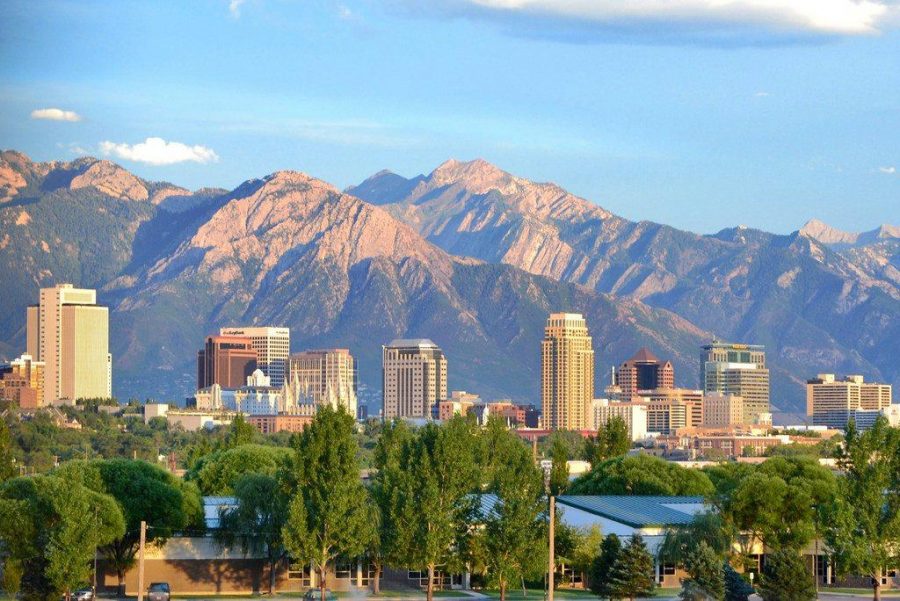Living in Salt Lake City definitely has its fair share of perks. Located just above the smog line exists some of the best skiable acreage on planet earth. There’s also a growing tech industry, an increasingly rich mix of cultural diversity and a thriving economy currently ranked number four in the nation for growth. We enjoy a surprisingly low violent crime rate with the lowest prison overpopulation percentage in the country, and the state of Utah consistently achieves high marks in areas like health care, population literacy and entrepreneurship. One advantage to living here that has seemed to keep even those residents determined to find greener pastures is the historically low cost of housing. But while Salt Lake City continues to excel in many domains pursuant in providing a higher quality of life, affordable housing might no longer be part of that list.
Take a TRAX ride from the Courthouse Station towards Sandy and it’s immediately apparent just how rapidly the Salt Lake valley is growing. Rows of new apartment complexes line the train tracks on either side, bringing in everyone willing to pay unprecedentedly high monthly premiums. Charging rental rates up to $1500 for a 500 sq ft. studio has become the norm in areas previously known for charging comparable rates for small family homes.
An area’s increase in commercial industry is naturally followed by a surge in population density, and the swift inflation of housing costs brought with them generally coincide with comparable pay increases necessary to comfortably ride the wave. Companies like 3M and Adobe certainly followed this trend when they declared the Salt Lake area to be “the place,” but a majority of residents working in this increasingly expensive slice of the West are experiencing little to no adjustment in compensation, and the dominant status of their employer might be to blame.
With the exception of the University of Utah and its many entities, Intermountain Healthcare is the largest non-government employer in the state. Predominantly based in Utah, but with several locations in Idaho as well, IHC currently staffs nearly 40,000 employees among 22 hospitals and 180 clinics. Previously owned by the LDS church, this proud to be not-for-profit organization administers the majority of patient care in Utah, documenting over 500,000 emergency room visits in 2015 alone to a population of barely over 3 million.
Their impressive charity foundation and generous annual donations totaled over $353 million in services provided to the community in that same year, and they continue to be a source of refuge for homeless and low-income patients at one of their many community clinics. But, while their dedication to the community they serve is undeniable, a disparate wage gap unique to IHC has many of the company’s employees venturing towards other hospital systems in Utah, and even leaving the state.
One IHC nurse I spoke with, who preferred to go unnamed as he awaits an upcoming interview, claimed that the pay problems many clinical and non-clinical employees alike are facing stems from the overwhelming presence of his company. “It’s basically the only game in town, and for many recent graduates trying to find work fast, the options are pretty limited.”
With Utah reaching fourth in the nation for growth at an estimated 1.64 percent in 2018, the state’s largest employer faces a compelling issue that will only worsen as the city continues to grow around them.












